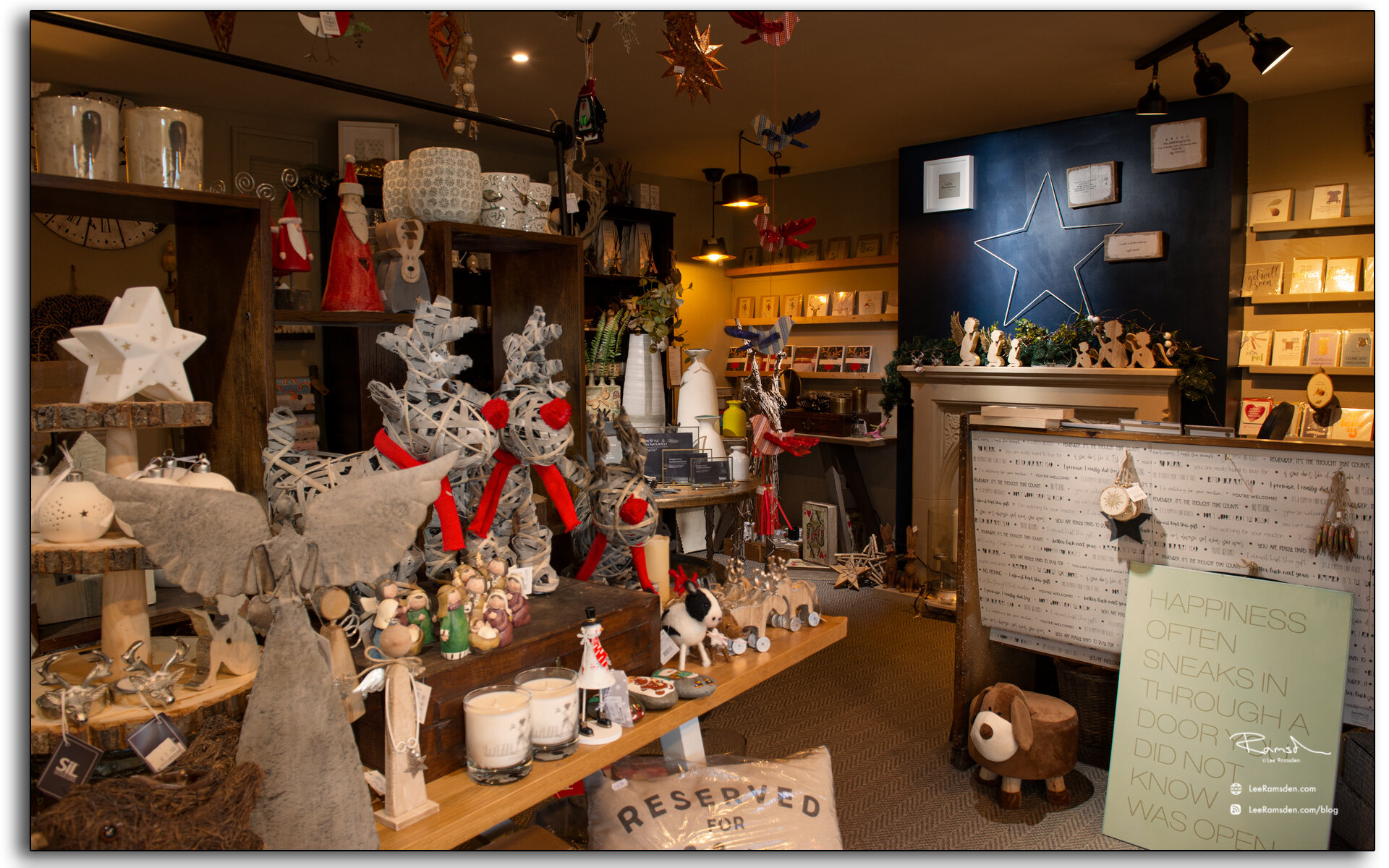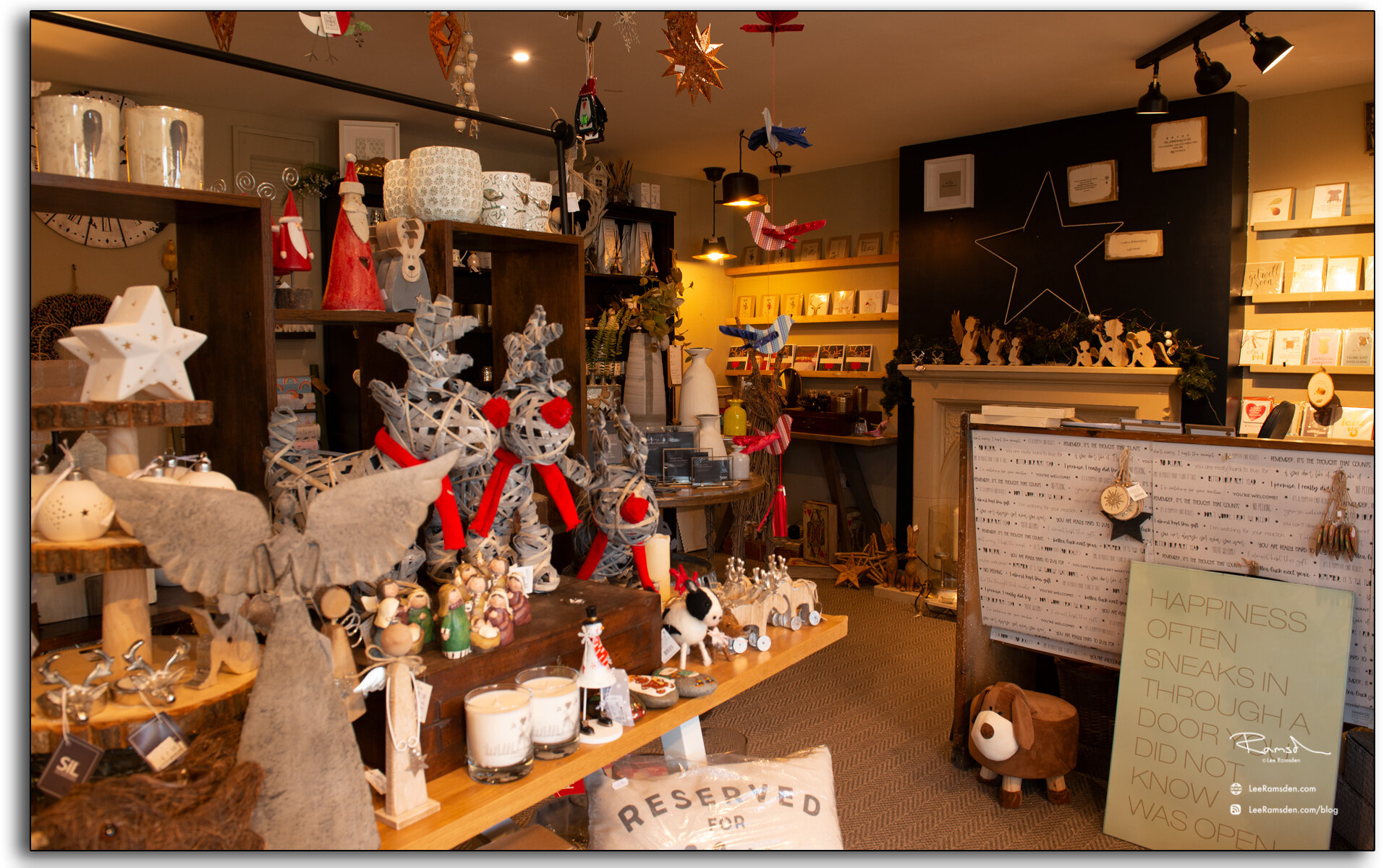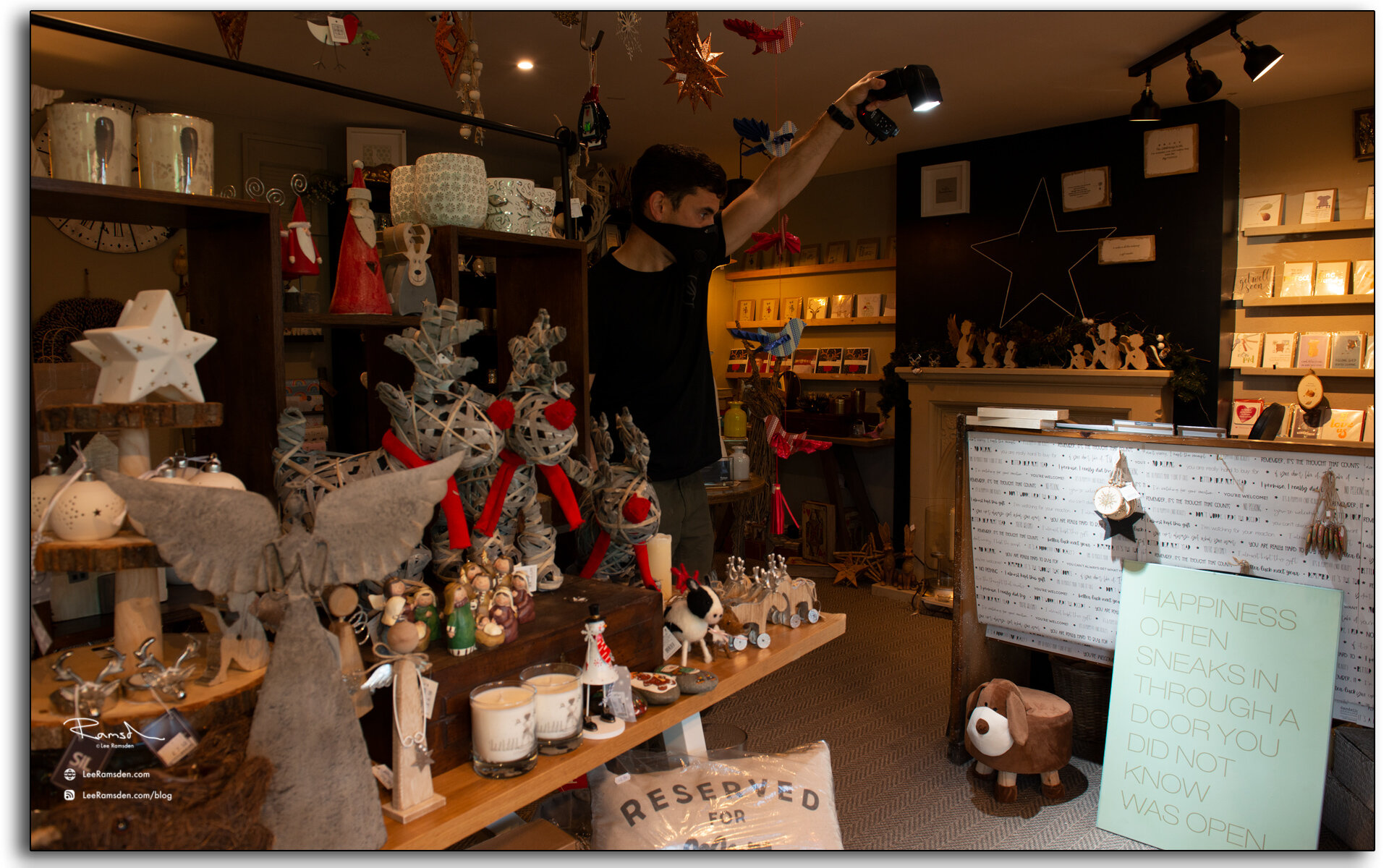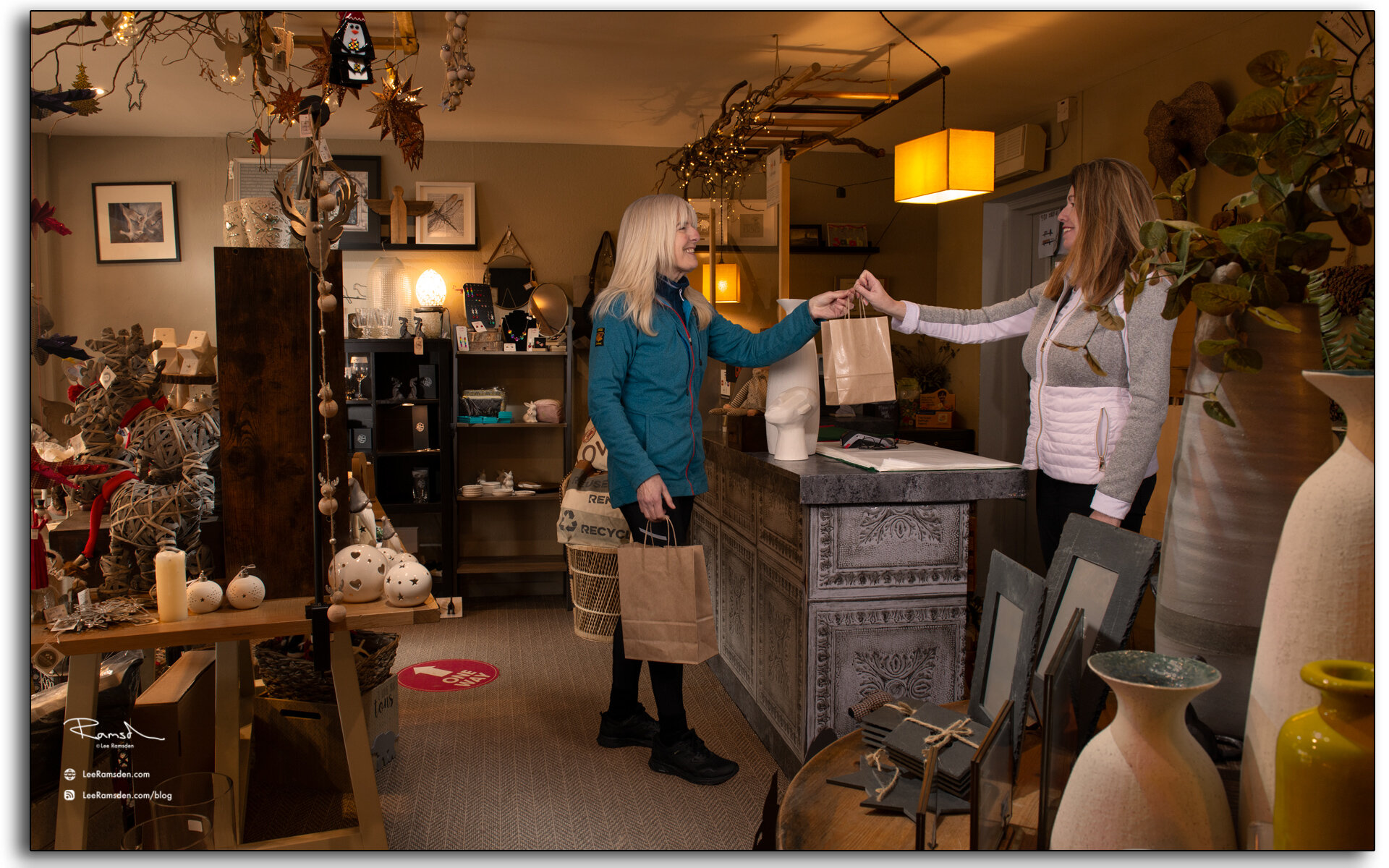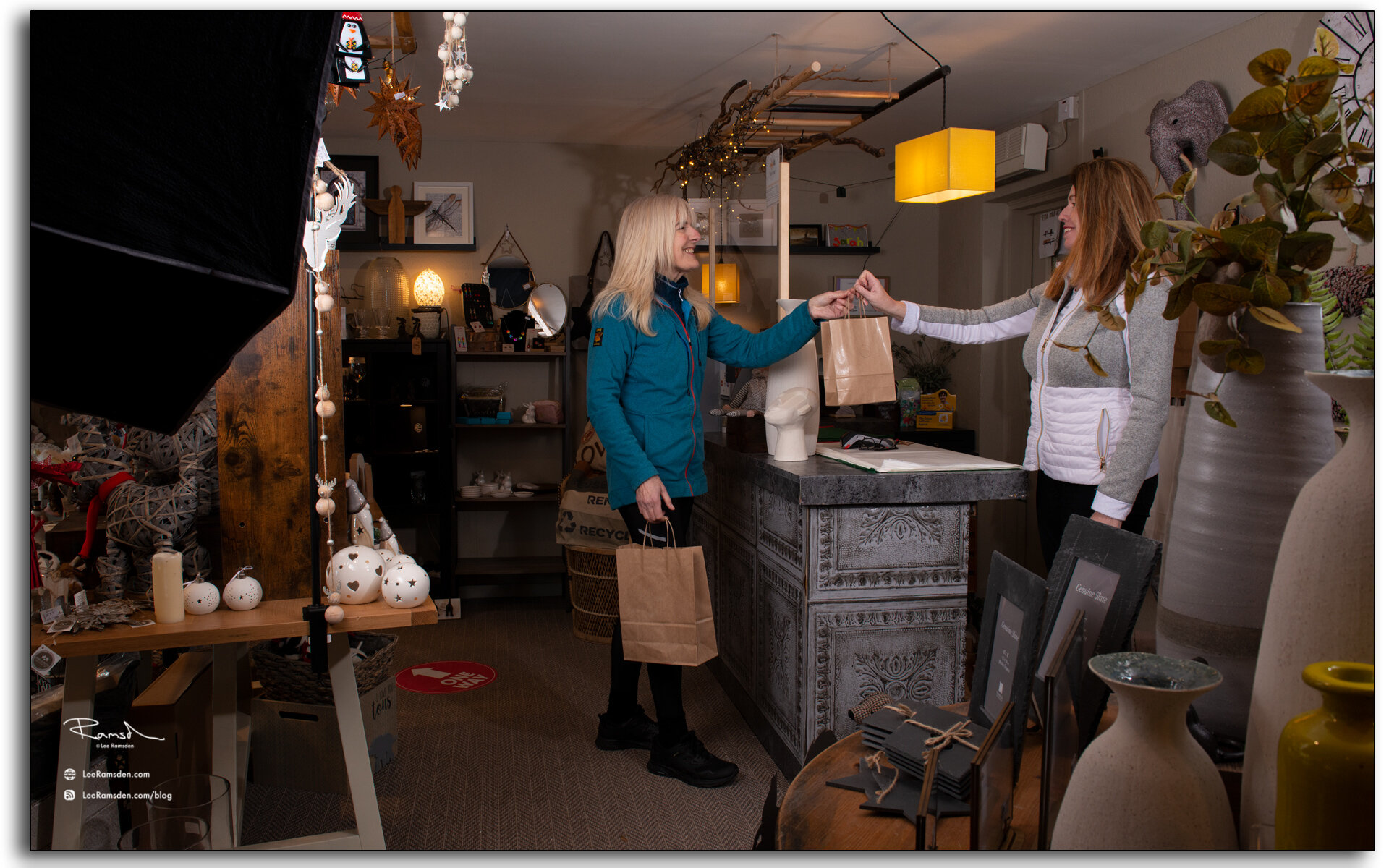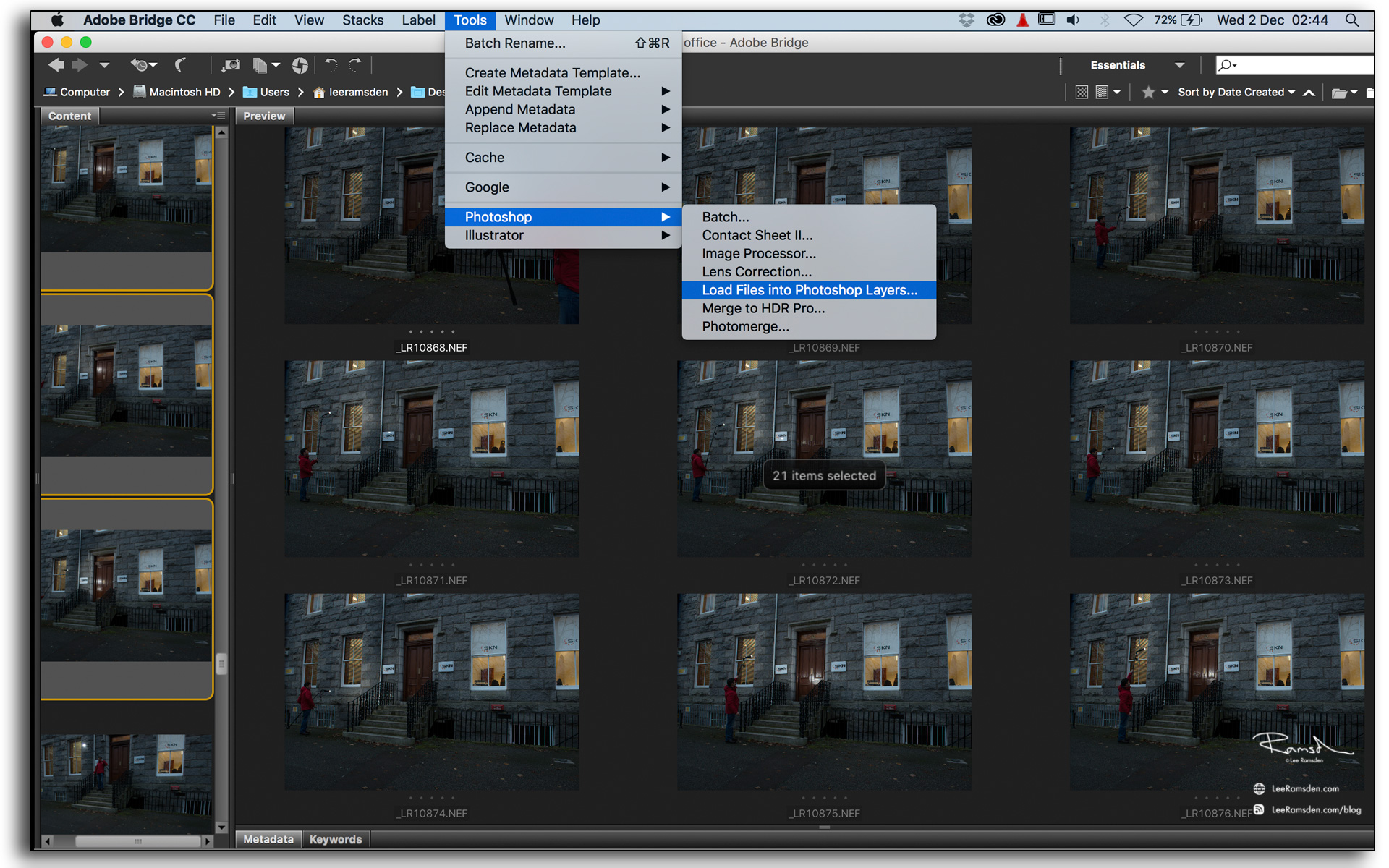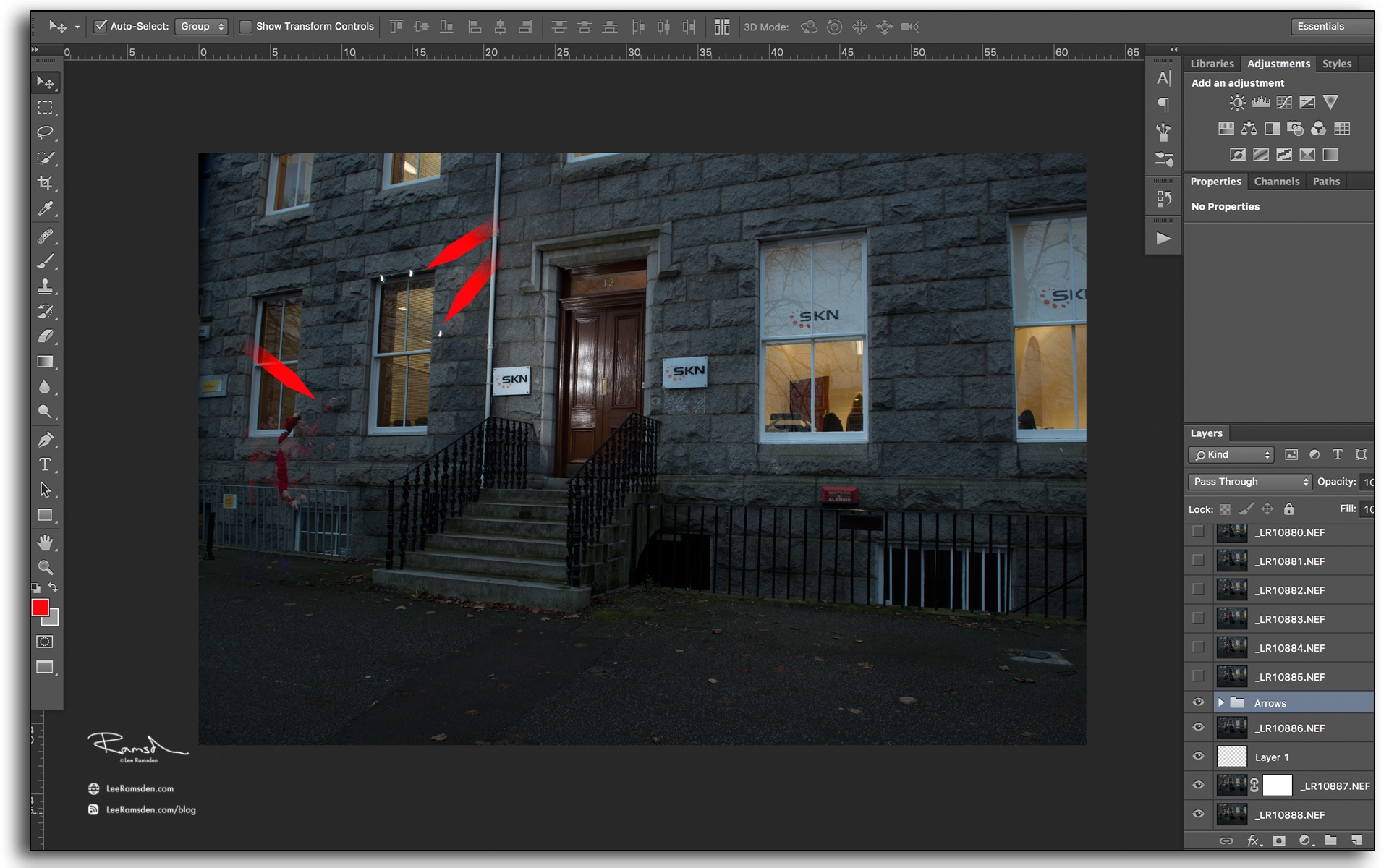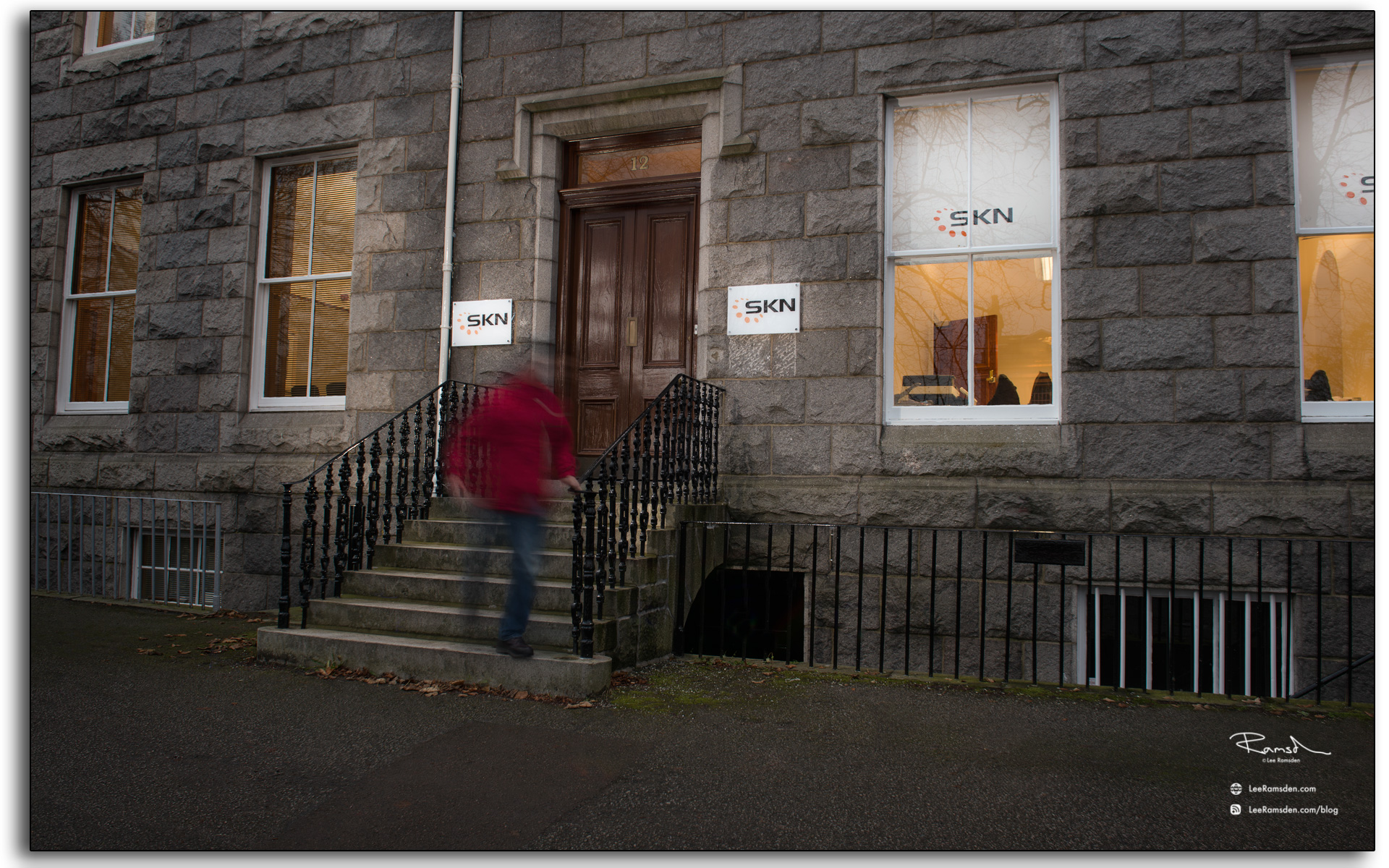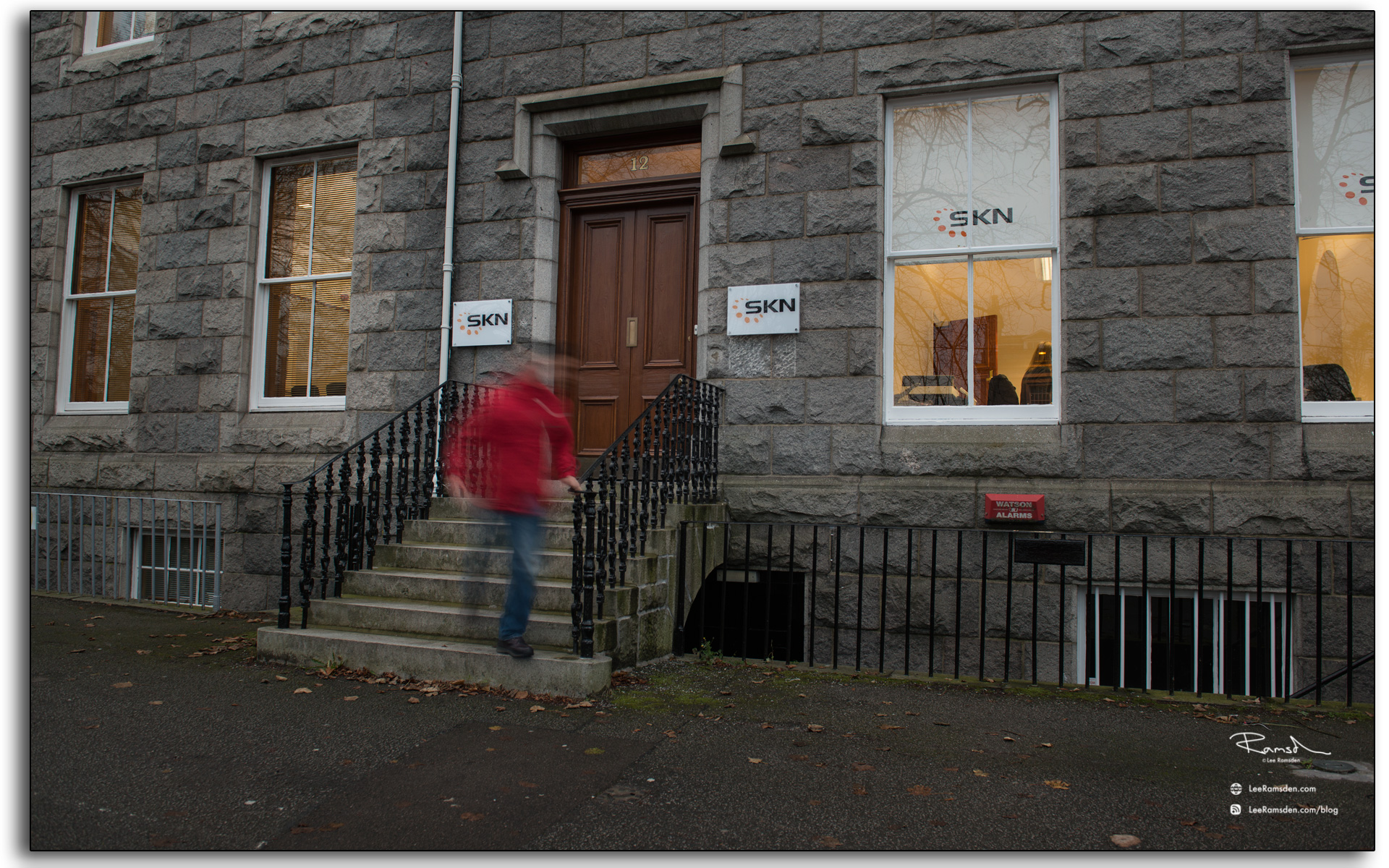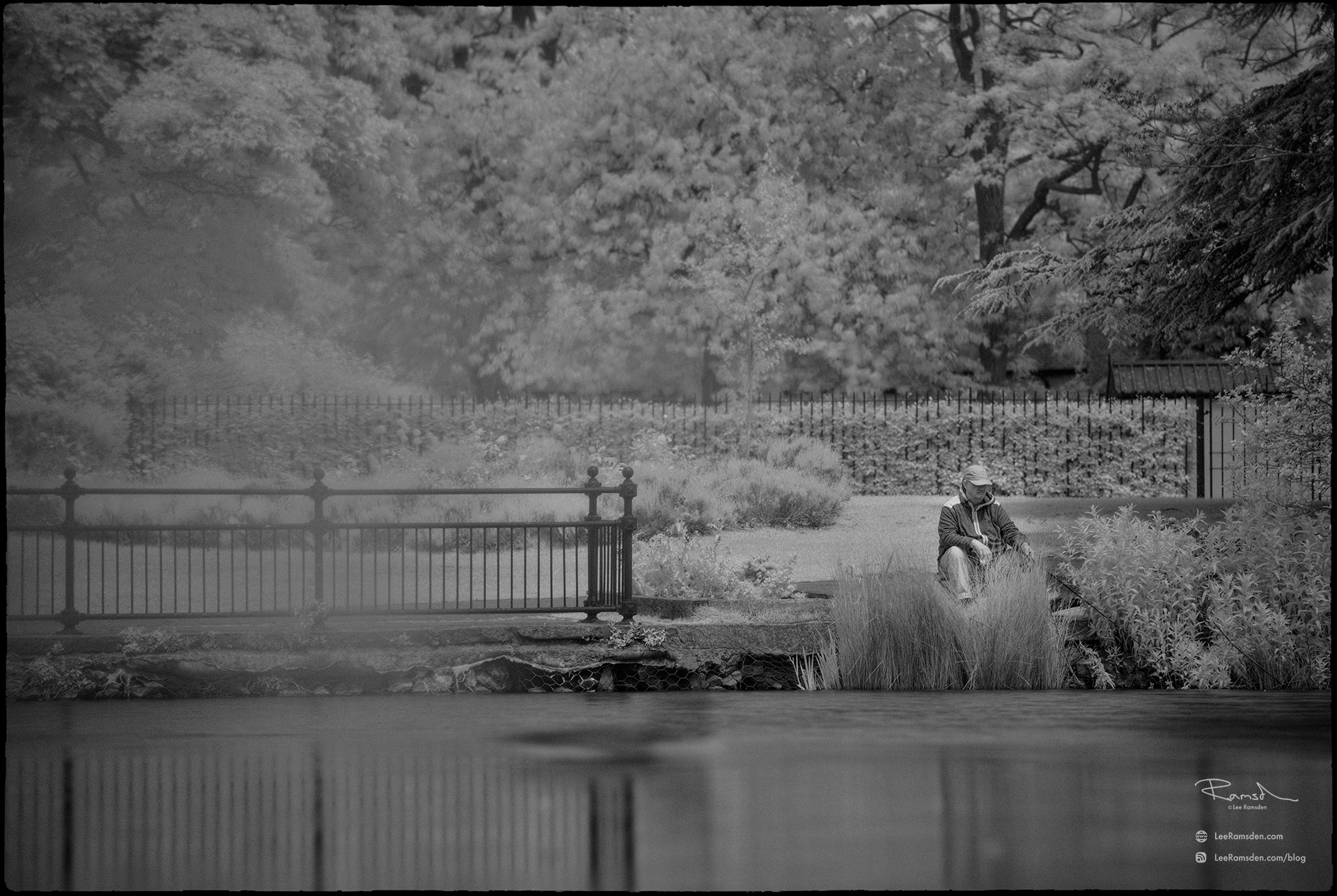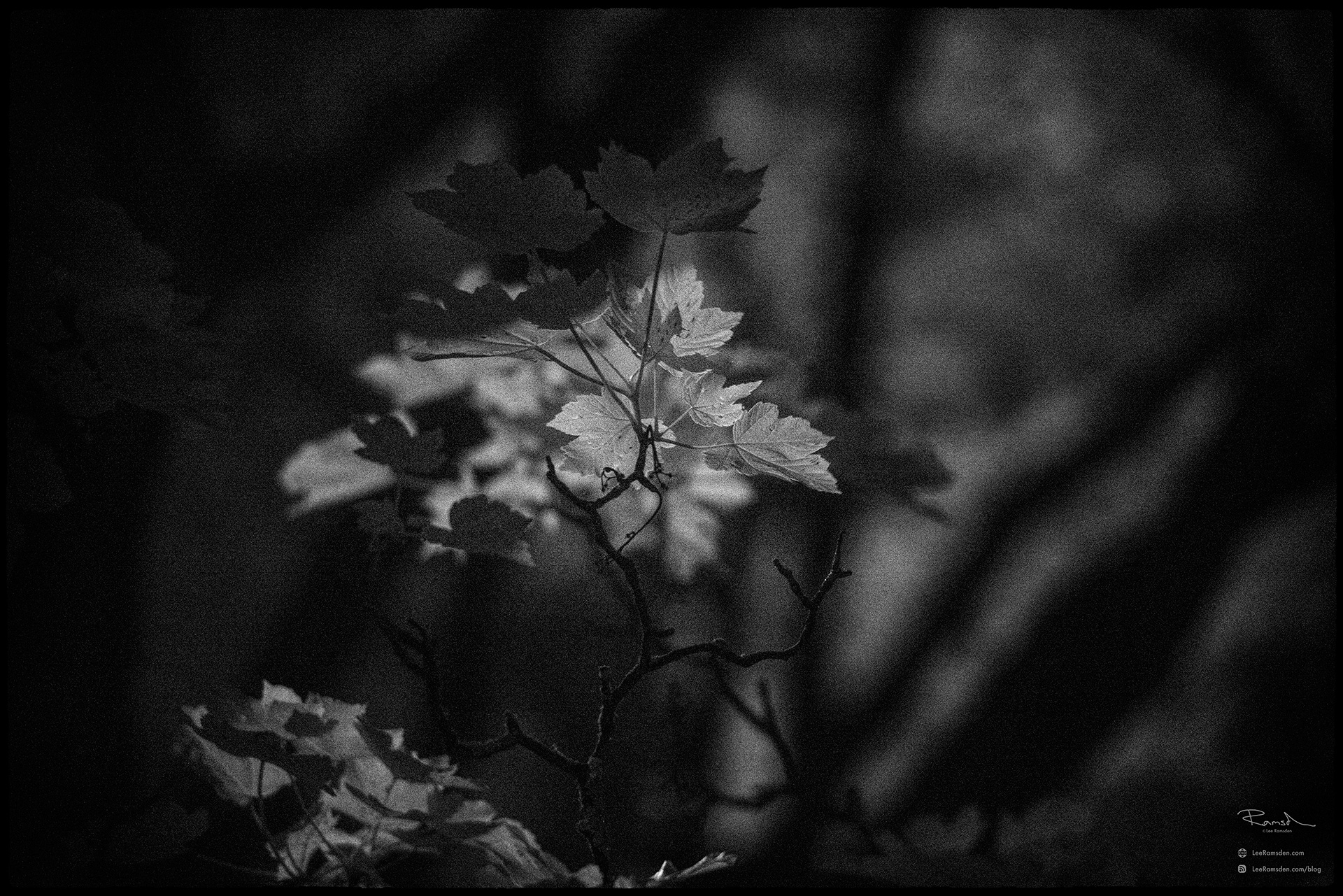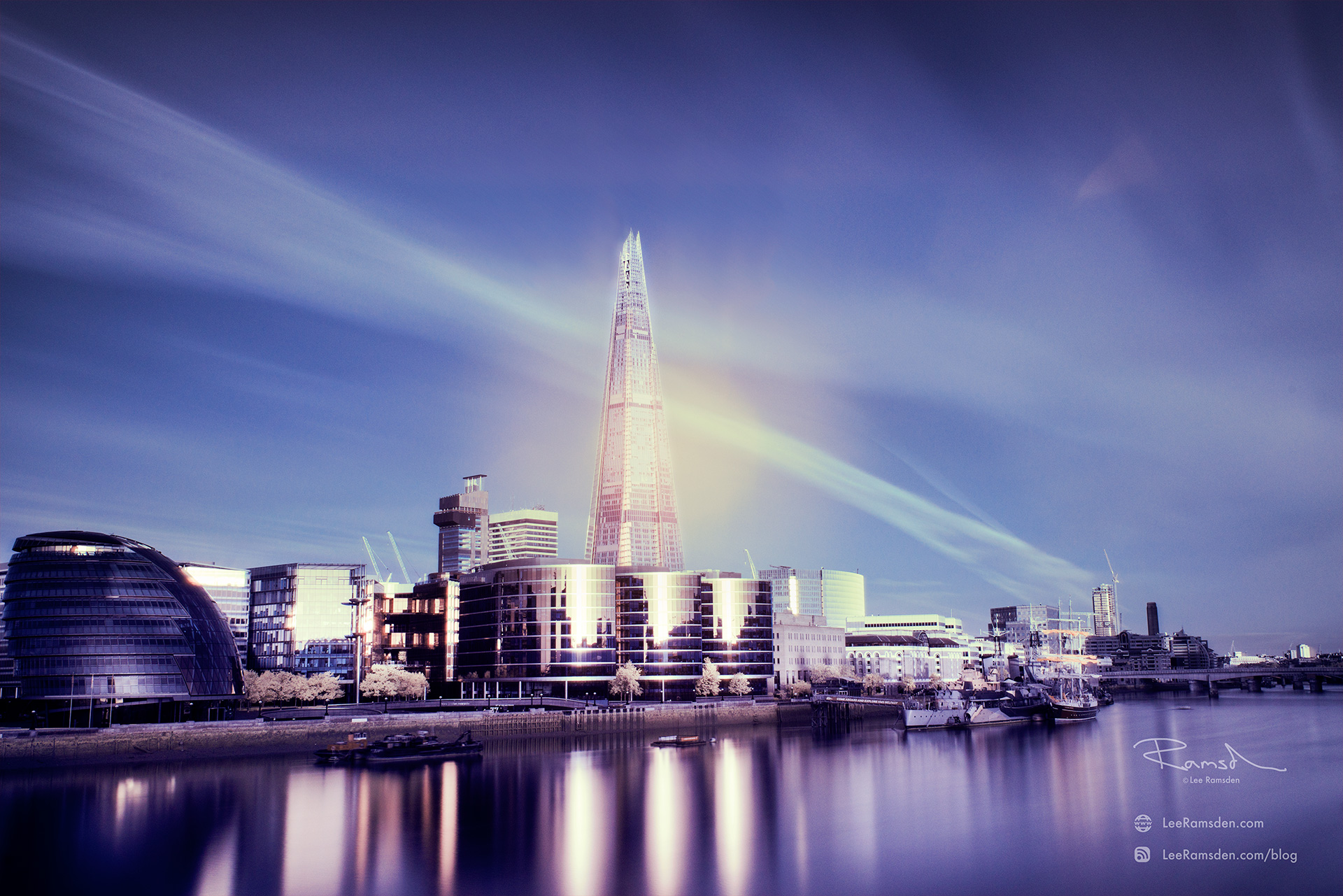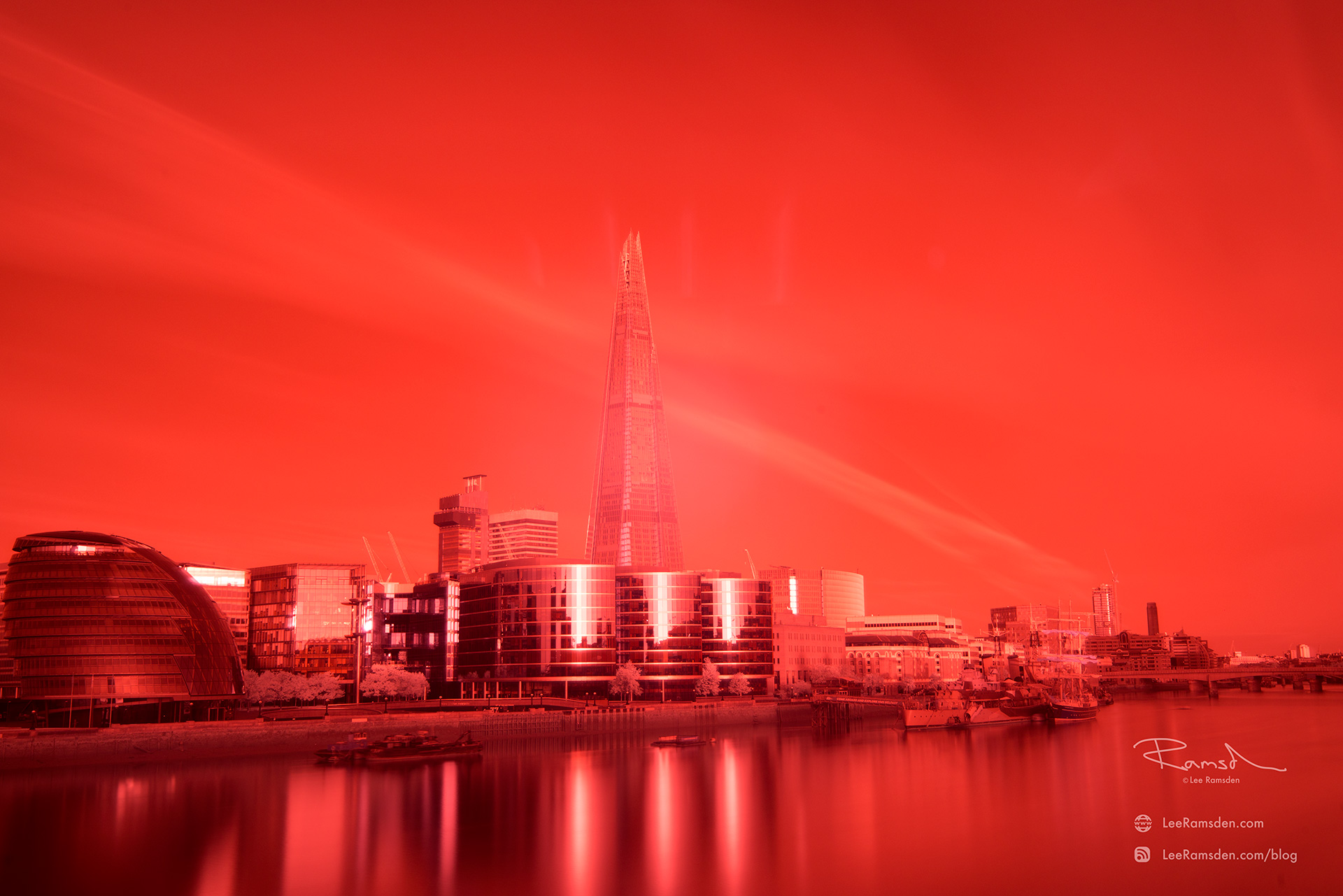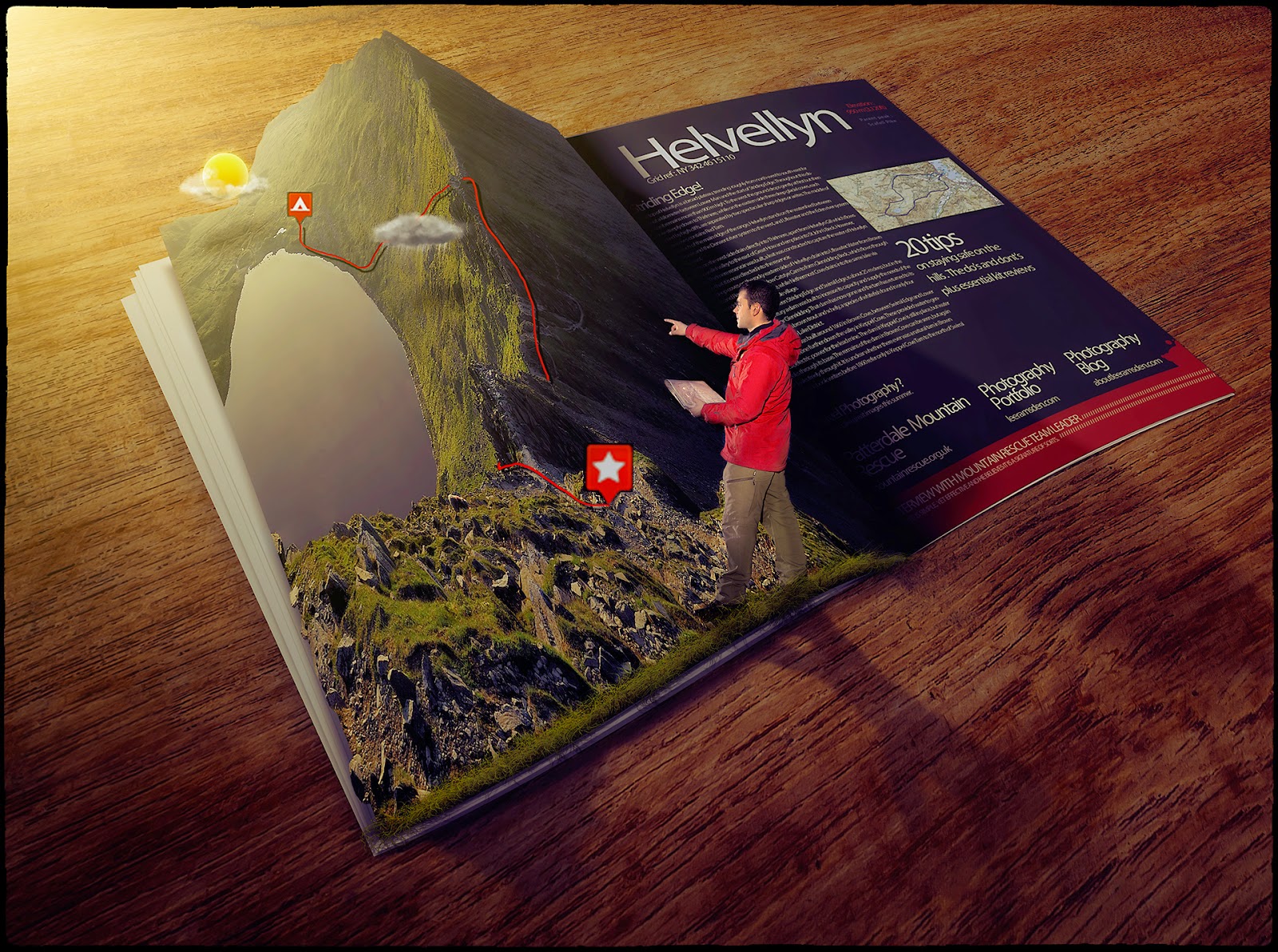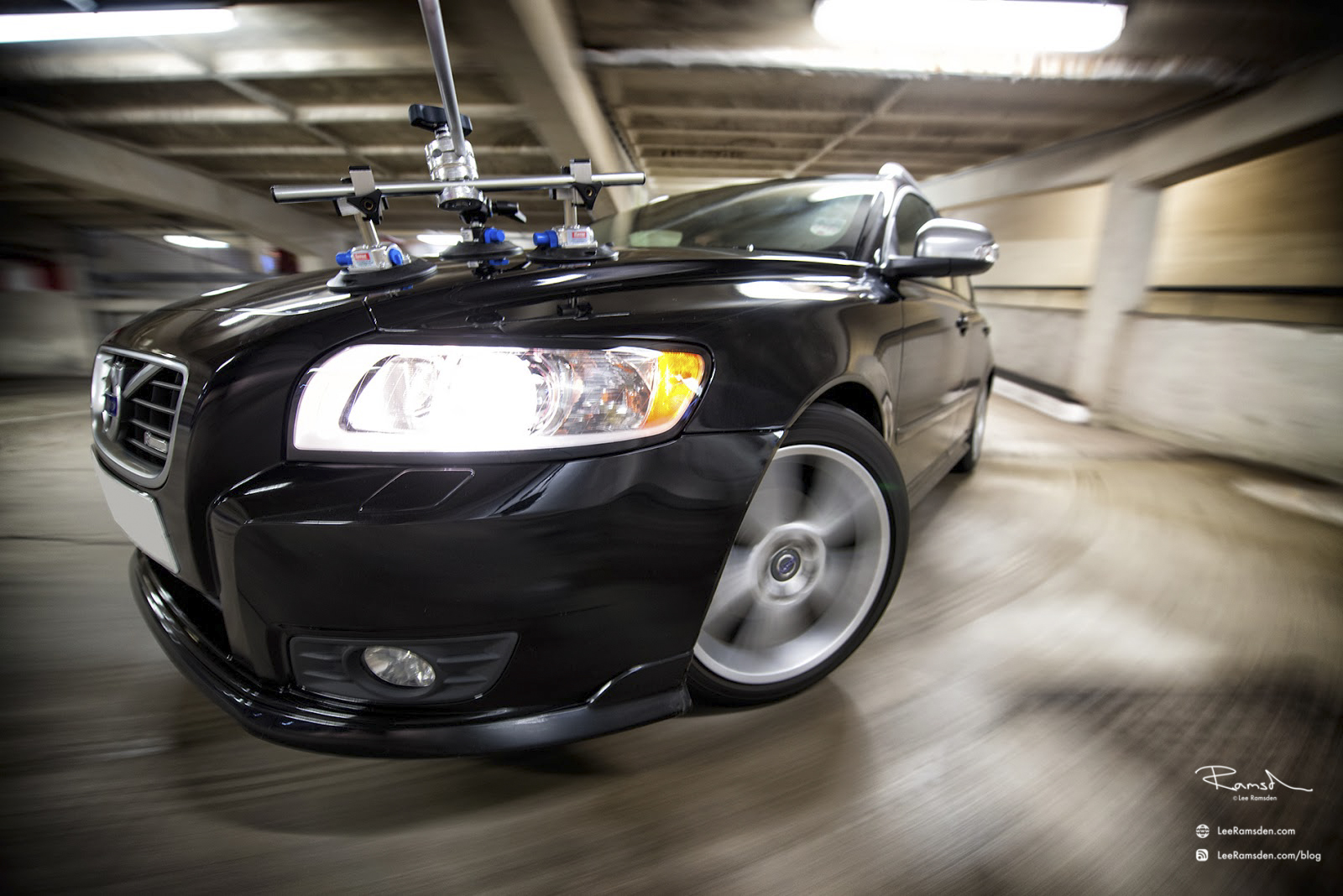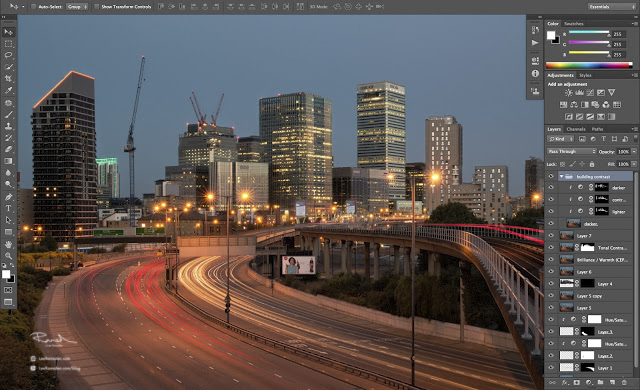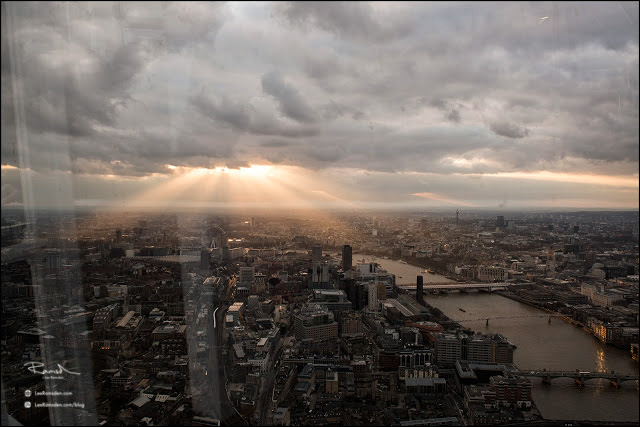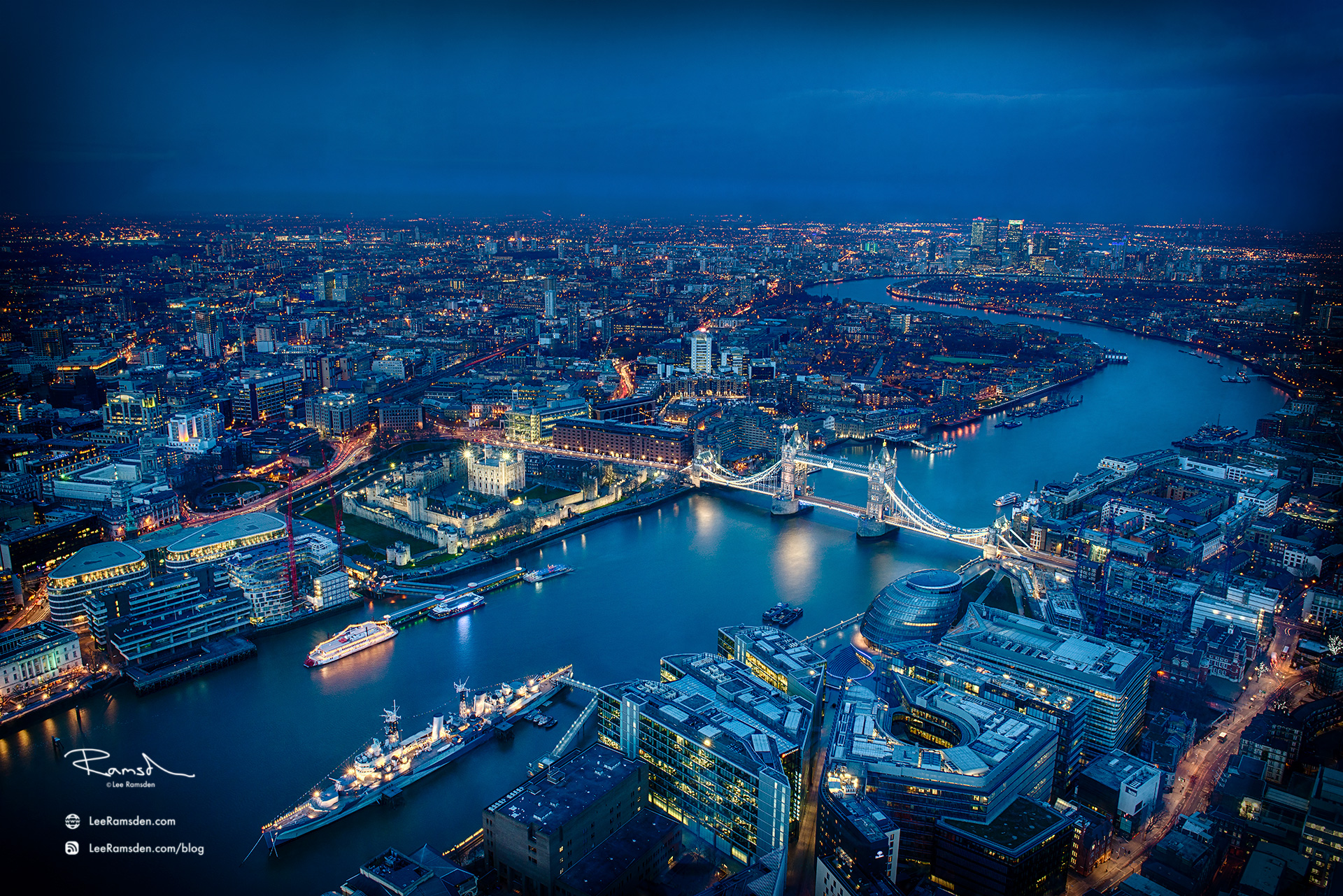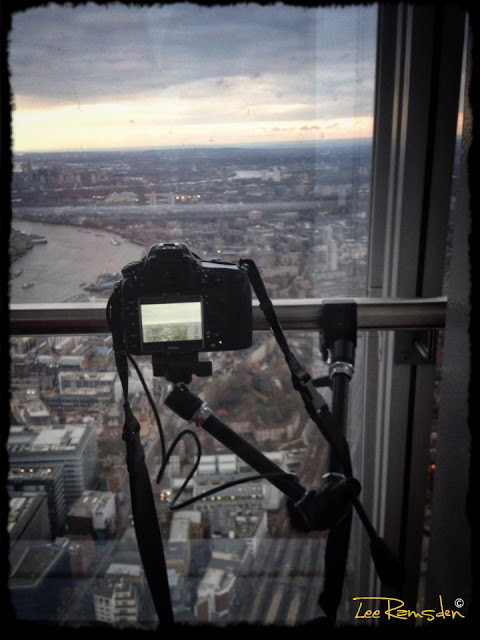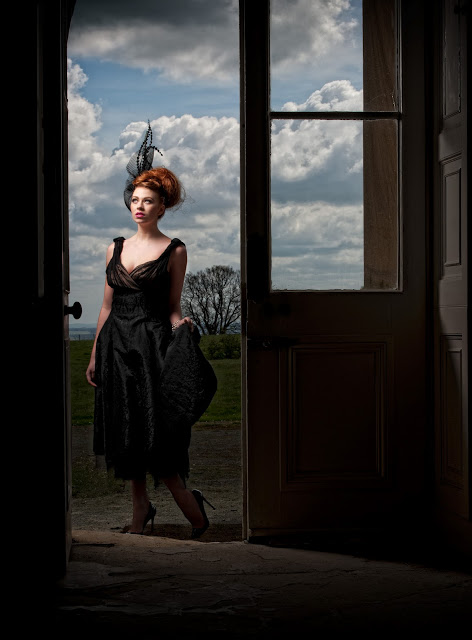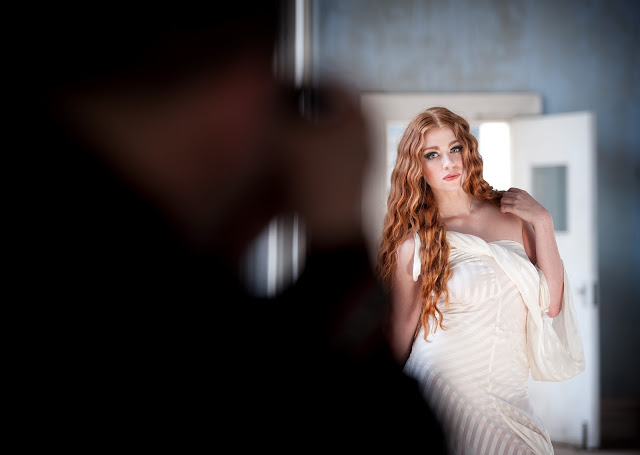Recently i attended a Flash lighting training course ran by the talented Brett Harkness.
I throughly enjoyed myself and walked away with a head full of gold and things to try out to my own images. Here is the
training website
There are heaps of amazing courses to choose from, i can see where a lot of my future pay cheques are going.
Brett's bio -
"I have been a professional photographer in the uk now for over 10 years, previously working in the USA in Miami as a cruise ship photographer. In my eyes I am a photographer. I don't see it as a job, but who I am. I could be seen as the "go to" guy for all things people! I love to take photographs; whether it is a wedding, family shoot, commercial or travel assignment, fashion campaign or whilst teaching on one of our many courses."
I booked onto this course as i was blown away by Brett's images, if you want to be the best, then you learn from the best.
There are so many tutors out there at the moment, who are offering high-end wedding training, and they have never done a high-end wedding -
Where as Brett does day in- day out...
-The following images were taken on a course, Lighting positions, models, outfits, locations all chose by Brett and his team. -



